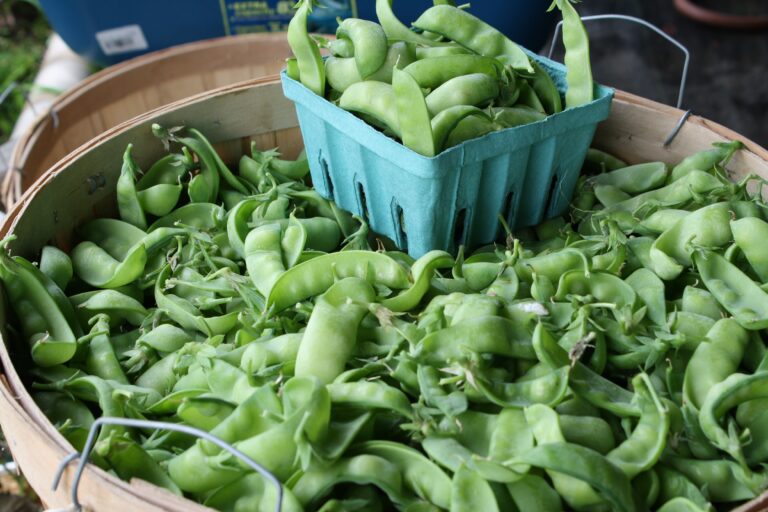Planning your spring garden? Stop by the CO-OP and get an organically grown potted rhubarb plant from Happy Valley Berry Farm for only $14.99. Here are some things you need to know about rhubarb plants…
Rhubarb Growing Tips
Rhubarb plants are very low maintenance but will always produce better crops if given extra care.
- Spring: Remove rhubarb flowers as they appear. This will direct the plant’s energy into growing tasty stems instead of flowering and setting seed. Rhubarb plants will also appreciate a feed of general purpose fertilizer in spring to give them a boost.
- Summer: Water rhubarb plants during dry periods to prevent the soil from drying out. Rhubarb that is grown in containers will need to be watered much more often in order to keep the compost moist.
- Autumn: When the leaves die back naturally, simply cut back the old rhubarb stalks to leave the buds exposed to cold winter weather. Apply a mulch of well rotted manure around the crown of the plant. This will help to conserve moisture in the soil and keep the weeds down, as well as feeding the plants for the following growing season. Take care not to cover the crown as this may cause it to rot.
- Winter: Every 5 or 6 years you will need to lift and divide rhubarb crowns to maintain their vigor and ensure that they remain productive. Use a spade to lift each crown before splitting it into 3 or 4 pieces and replanting them separately. Make sure that each piece has a healthy looking bud which will become the growth point for next year’s new shoots.
Harvesting Rhubarb
- During the first year, you need to resist the temptation to harvest the stems, in order to allow Rhubarb plants to become properly established. But from the second year, stems can be harvested from April to June, when the leaves have fully unfurled and the stems are about a foot long.
- Pull each rhubarb stalk from the base of the stem and twist them away from the crown. It’s important to only harvest a few stems at a time, as over-cropping will reduce the plants vigor. Never take more than half of the stems at a time.
- Make sure that you have finished harvesting by the end of July in order to give the plant sufficient time to build up energy reserves for next year’s crop. Don’t worry if you find that you have more rhubarb than you can use. Rhubarb freezes particularly well so you can save some to enjoy later on in the year.
- A word of warning: Only the stems of rhubarb are edible. The leaves contain oxalic acid which is toxic if eaten. Simply trim the leaves from the stems and add them to your compost heap.



